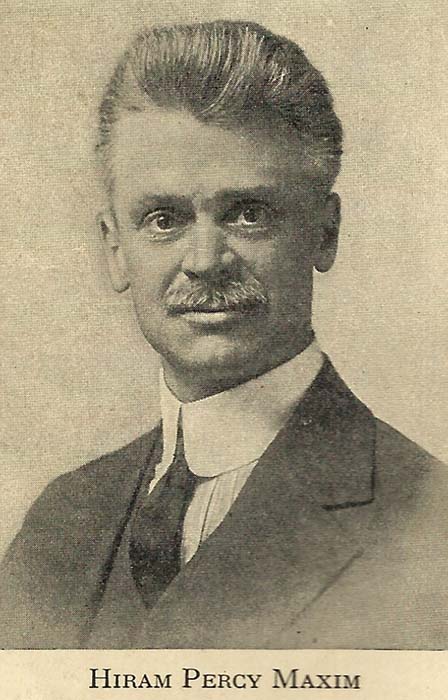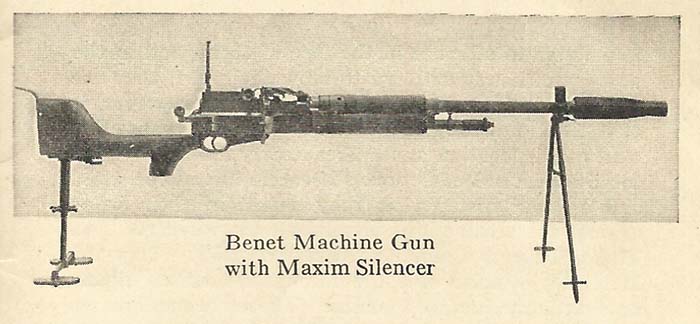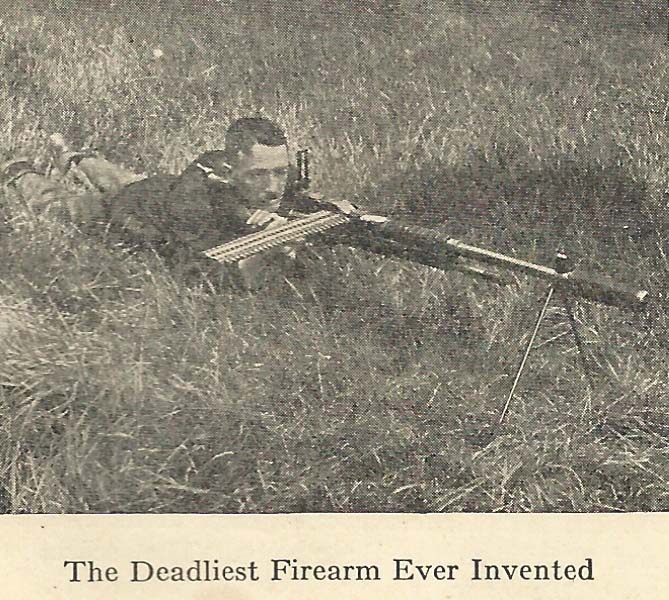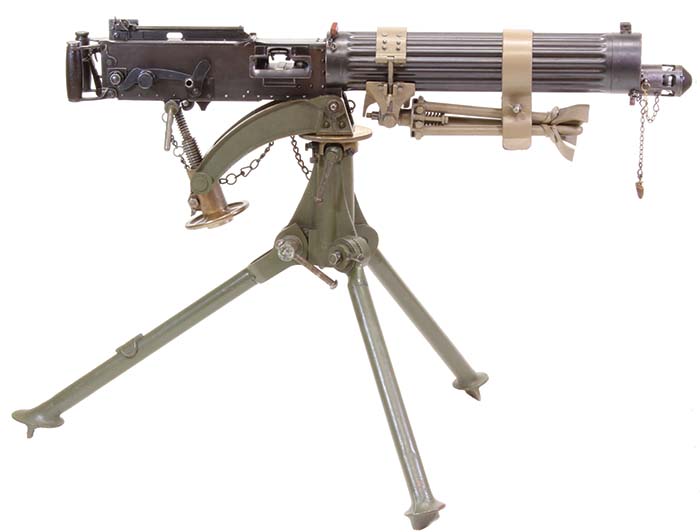By Robert G. Segel
Hiram Percy Maxim was the son of Hiram Stevens Maxim, inventor of the world’s first fully automatic machine gun, and was the nephew of Hudson Maxim, an inventor of explosives and ballistic propellants. Hiram Percy Maxim was an inventor in his own right and was an American radio pioneer and inventor and was co-founder of the American Radio Relay League. He is also generally credited as being the inventor of the Maxim Silencer, a firearm silencer that was viable and commercially produced along with motor exhaust mufflers, safety valves, air releases and every kind of pipe that emits a gas – as well as offering consultant services in noise abatement.

He explains his invention and philosophy in a Foreword to an undated Maxim Silencer pamphlet. In it he says, “The Maxim Silencer was developed to meet my personal desire to enjoy target practice without creating a disturbance. I have always loved to shoot, but I never thoroughly enjoyed it when I knew that the noise was annoying other people. It occurred to me one day that there was no need for the noise. Why not do away with it and shoot quietly.
“For nearly two years I sought for some way to check the powder gases from bursting into the air when the bullet left the barrel. This is what causes the objectionable report noise. I thought of every kind of a valve, vent, by-pass, expansion chamber, etc., and built some of them. None were satisfactory. It seemed quite a problem to find a hole through which the bullet could pass, but through which the powder gases could not pass.
“One morning after my bath I noticed in the bath tub the miniature whirlpool that forms over the drain hole when the plug is pulled and the water starts to run out. There was the familiar little hole down in the center of the whirl and it started me thinking that here was an exactly similar case to my powder gas and bullet problem. Here was water in a bath tub, the drain plug pulled out, and yet the water was able to run out slowly because it was whirling.

“Why would not the powder gases act the same way as the water, if they were whirled? The whirling would give them centrifugal action precisely as it did the water, and cause a “hole” to form in the center just as the hole formed in the water. In a flash I saw the “hole” for which I had been looking for nearly two years.
“I immediately made a little “whirling tube” which would catch the powder gases as they burst from the muzzle of one of my rifles and whirl it around vigorously. In the center I provided a hole for the bullet to pass through but considerably larger than the bullet so it could not touch. The gases had no escape except through this central hole. Being central they could not possible get out until they had slowed down. This of course meant that they must come out gradually and, in consequence, noiselessly. The first time I shot the rifle I was quite excited. I will never forget the sensation I experienced when I found it was quiet. That was the birth of the Maxim Silencer.”

The Maxim silencer was eventually used on all types of guns and the pamphlet goes on to provide numerous testimonies on how accurate their gun was even with the use of the Maxim Silencer. One such testimonial reads; “The .22 caliber Maxim Silencer I bought some time ago for my Stevens Pope Rifle, has given entire satisfaction. I have made 10 consecutive shots at 50 yards that could be covered by a ten-cent piece.”
While the vast majority of testimonials concerned usage with .22 caliber rifles and pistols, it was the end of the pamphlet that caught this author’s immediate attention: the fitting of a Maxim Silencer to a Benet-Mercié Automatic Machine Rifle Model of 1909. This experiment is likely the first time ever that a silencer was used on a machine gun. The pamphlet states: “Quiet Shooting Machine Guns. One of the most interesting gun experiments ever conducted was with various machine guns fitted with Maxim Silencers. The automatic machine gun shoot the regular high power military shoulder rifle cartridge at the rate of six hundred shots a minute. A nest of these guns squirts a veritable spray of death. It is impossible to advance in the face of them, and in the absence of heavy artillery to blow them out, they are invincible. The great trouble with them however, is that the noise they make is terrific. The noise discloses their location and makes it easy for the artillery to put them out of action. Silencers have been fitted and so constructed that they maintain their shape against tremendous pressures even when red hot. These Silencers eliminate the report noise. Only the bullet flight noise and the mechanical noises of the automatic mechanism remain. These are small noises and the result is that a nest of machine guns with Silencers is almost impossible to locate. They constitute the deadliest weapon ever invented by man, and unquestionably will figure in future wars if such things come again.”

Maxim was selling his first commercial models in 1902 and patented 30 March 1909. He regularly advertised in sporting goods magazines. While there is no indication of the date of this pamphlet, the very last sentence in the above paragraph seems to indicate that this pamphlet was printed sometime immediately after World War I, sometime in the 1920s due to the veiled reference to the war. Nevertheless, while these experiments with silencing machine guns were done by the Maxim Silencer Company, one can only guess at this point as to whether the military was also involved in these tests or in tests of their own.
| This article first appeared in Small Arms Review V19N2 (March 2015) |











